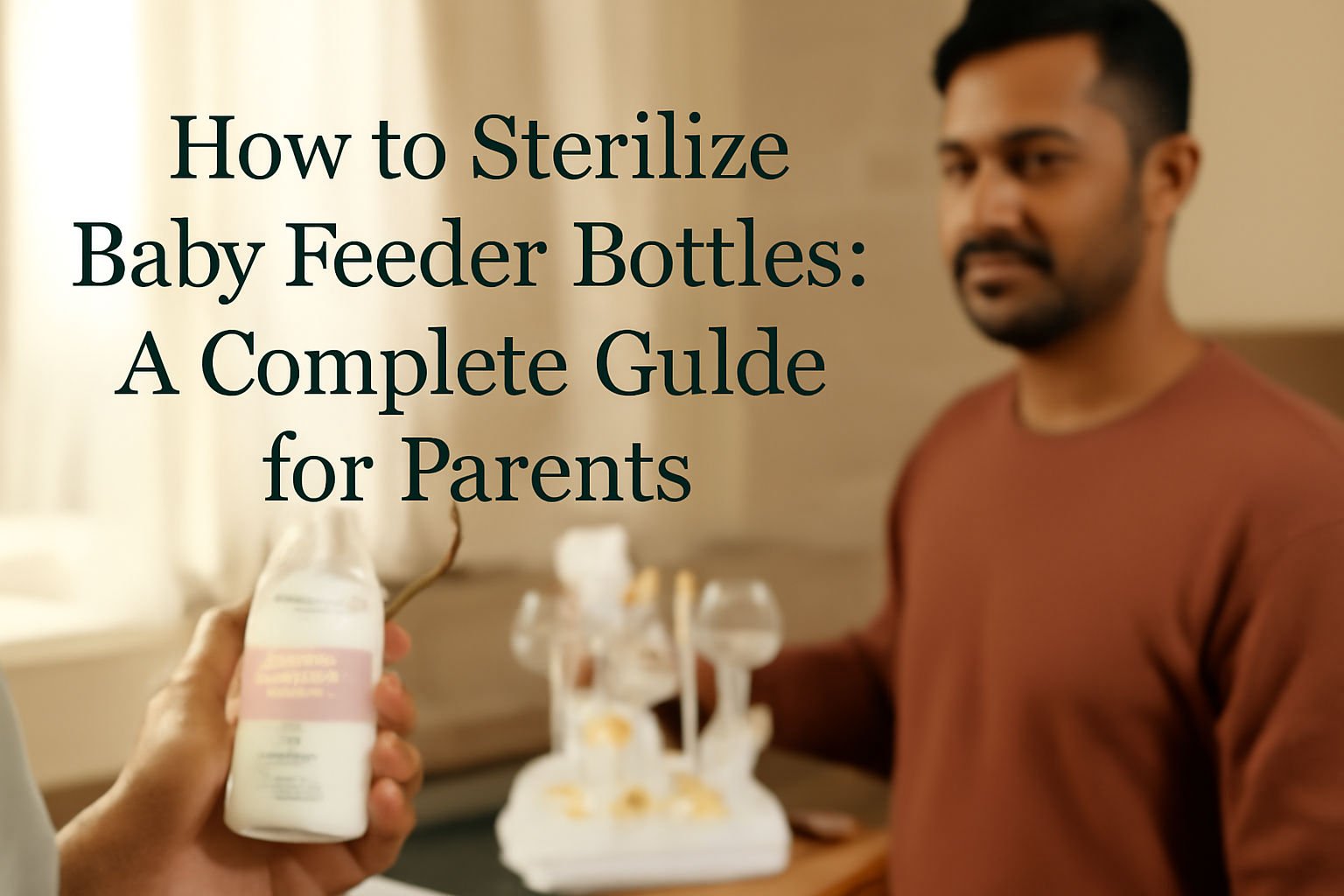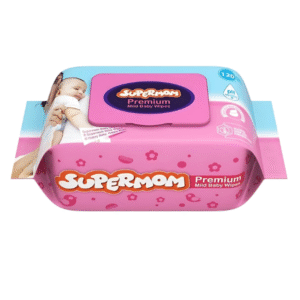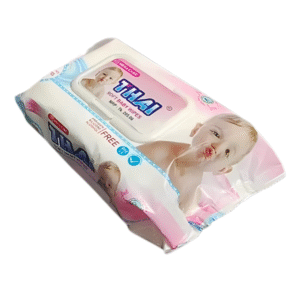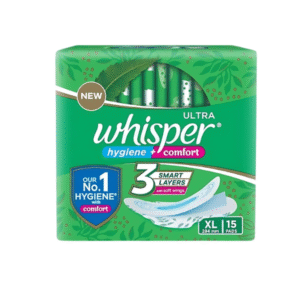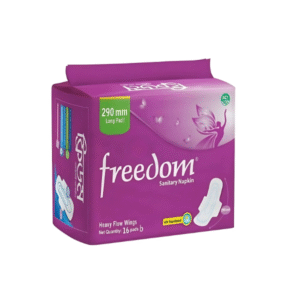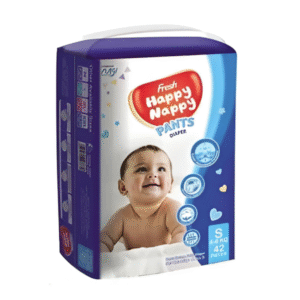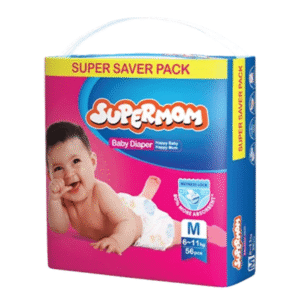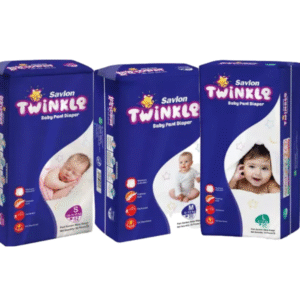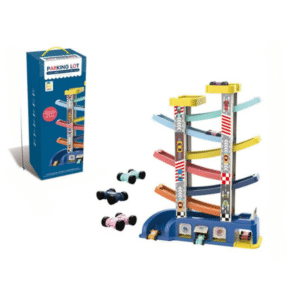Feeding your baby safely starts with clean and sterilized baby feeder bottles. Newborns have delicate immune systems, and harmful bacteria can easily accumulate in bottles, nipples, and accessories if not cleaned properly.
At Baby World Bangladesh, we focus on hygiene, safety, and convenience, providing parents with high-quality baby feeder bottles, nursing accessories, and wearable pumps. This guide will teach you how to sterilize baby feeder bottles effectively to ensure your baby receives safe, clean, and healthy feeding.
Why Sterilization Is Important
Even after washing with soap and water, baby feeder bottles may still harbor bacteria, viruses, or mold. Proper sterilization:
- Kills harmful bacteria like E. coli or Salmonella
- Reduces the risk of diarrhea, colic, or infections
- Ensures the milk or formula stays safe for consumption
- Maintains the integrity of bottle materials when done correctly
Sterilization is especially crucial for babies under six months, premature infants, or those with weakened immunity.
Materials That Can Be Sterilized
Most baby feeder bottles and accessories can be safely sterilized, but always check the manufacturer’s instructions:
- Plastic bottles: BPA-free, lightweight, easy to sterilize
- Glass bottles: Durable and chemical-free, suitable for boiling or steam sterilization
- Silicone bottles: Flexible and heat-resistant, compatible with multiple sterilization methods
- Nipples and Teats: Silicone or latex, but latex nipples may wear out faster with repeated high-heat sterilization
At Baby World Bangladesh, all bottles and nipples are designed for safe sterilization, making daily cleaning convenient and stress-free.
Methods to Sterilize Baby Feeder Bottles
There are several ways to sterilize bottles, depending on your preferences, available tools, and baby’s age.
1. Boiling Water Sterilization
Step-by-Step Guide:
- Disassemble the bottle completely (bottle, nipple, cap, ring).
- Fill a large pot with enough water to cover all parts.
- Place bottles and accessories in the boiling water.
- Boil for 5–10 minutes.
- Use clean tongs to remove items.
- Place on a clean drying rack to air dry.
Pros: Simple, effective, and chemical-free.
Cons: High heat can wear out plastic over time.
2. Steam Sterilization (Electric or Microwave)
Step-by-Step Guide:
- Disassemble bottles and accessories.
- Place in a steam sterilizer or microwave sterilizer bag.
- Add water as per manufacturer instructions.
- Run the sterilization cycle (usually 5–10 minutes).
- Allow bottles to cool before handling.
Pros: Quick, easy, and effective for daily use.
Cons: Requires a sterilizer or microwave-safe sterilization bag.
3. Chemical Sterilization (Cold Water Solution)
Step-by-Step Guide:
- Disassemble bottles and accessories.
- Prepare a cold water sterilizing solution (tablet or liquid) according to instructions.
- Submerge bottles completely for the recommended time (usually 30 minutes).
- Remove bottles with clean hands or tongs.
- Rinse with cooled boiled water if required.
Pros: Useful when boiling or electricity isn’t available, suitable for travel.
Cons: Needs careful handling of chemicals.
4. UV Sterilization
UV sterilizers use ultraviolet light to kill bacteria without heat or chemicals.
- Place bottles and accessories in the UV sterilizer.
- Run the recommended cycle (usually 5–15 minutes).
- Bottles are ready for immediate use.
Pros: Quick, no water required, safe for plastic, glass, or silicone.
Cons: Requires an electronic UV sterilizer, higher initial cost.
Tips for Effective Sterilization
- Disassemble Every Part: Separate bottle, nipple, cap, and ring to ensure all surfaces are sterilized.
- Rinse Thoroughly: Remove milk residue before sterilizing.
- Use Clean Hands or Tongs: Avoid contamination after sterilization.
- Air Dry Only: Place bottles on a clean, dry rack. Avoid towels which can carry bacteria.
- Store Safely: Keep sterilized bottles in closed, clean containers until use.
How Often Should You Sterilize Baby Bottles?
- Newborns (0–3 months): Sterilize bottles after every use.
- 3–6 months: Sterilize daily or every few uses if cleaning is thorough.
- 6 months and older: Bottles can be cleaned with soap and water, sterilization may be optional.
Tip: Nipples and teats should be replaced every 2–3 months, even with regular sterilization.
Common Mistakes to Avoid
- Skipping Disassembly: Milk residue in hidden parts can cause bacteria growth.
- Overheating Bottles: Boiling plastic too long can warp bottles or nipples.
- Touching Sterilized Parts: Use tongs or clean hands to prevent contamination.
- Storing in Damp Places: Moisture promotes bacterial growth.
Baby World Bangladesh’s Commitment to Safe Feeding
At Baby World Bangladesh, we provide baby feeder bottles and accessories designed for maximum hygiene and safety:
- BPA-free, chemical-safe materials
- Compatible with boiling, steam, chemical, and UV sterilization
- Easy to disassemble for thorough cleaning
- Designed for newborns and growing babies
Our wearable breast pumps, nursing accessories, and feeder bottles integrate seamlessly to help parents feed their babies safely, anytime and anywhere.
Additional Tips for Parents
- Always label bottles if storing expressed milk.
- Rotate bottles to prevent wear and tear.
- Replace nipples every 2–3 months or earlier if damaged.
- Keep travel sterilization options handy for outings.
Final Thoughts
Sterilizing baby feeder bottles is essential for newborn health and safety. Using proper methods—boiling, steam, chemical, or UV sterilization—ensures that your baby’s milk or formula is safe, hygienic, and free from harmful bacteria.
At Baby World Bangladesh, our feeding products are designed for easy, safe, and effective sterilization, giving parents peace of mind while providing the best nutrition for their baby.
Investing in high-quality, sterilizable bottles and accessories ensures your baby receives the safest feeding experience possible.For more guidance or to explore our range of sterilizable feeder bottles, nipples, and nursing accessories, visit Baby World Bangladesh today.

